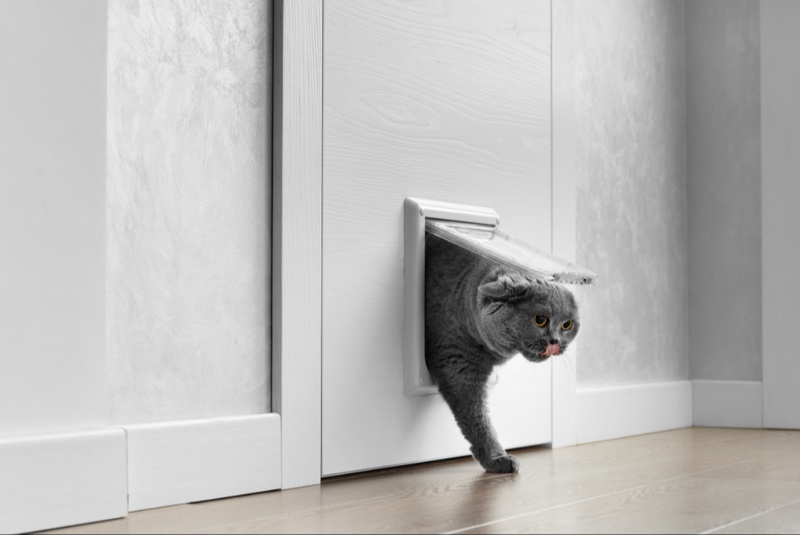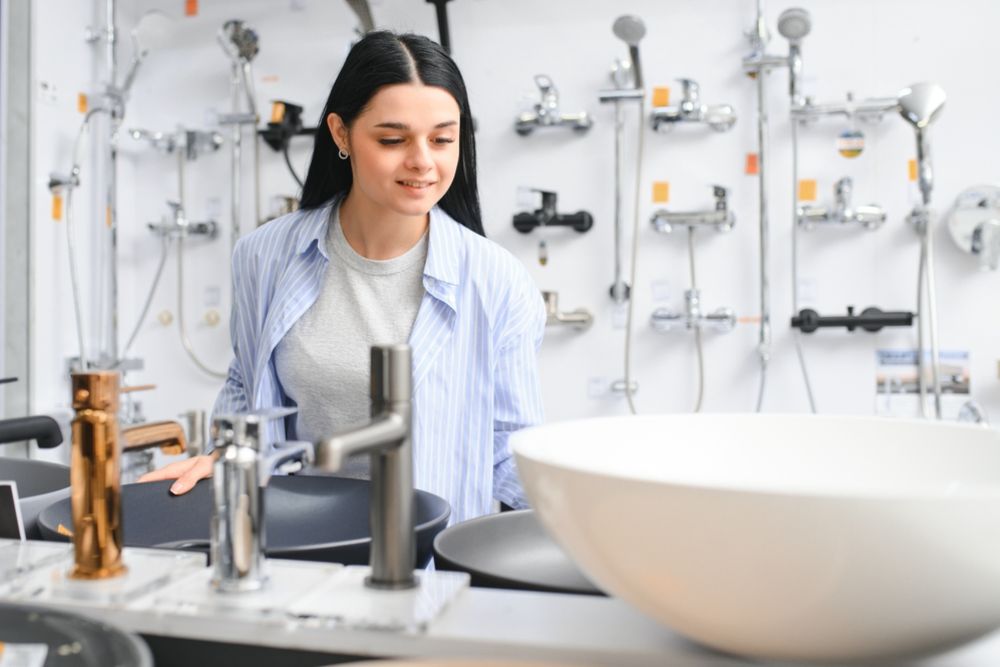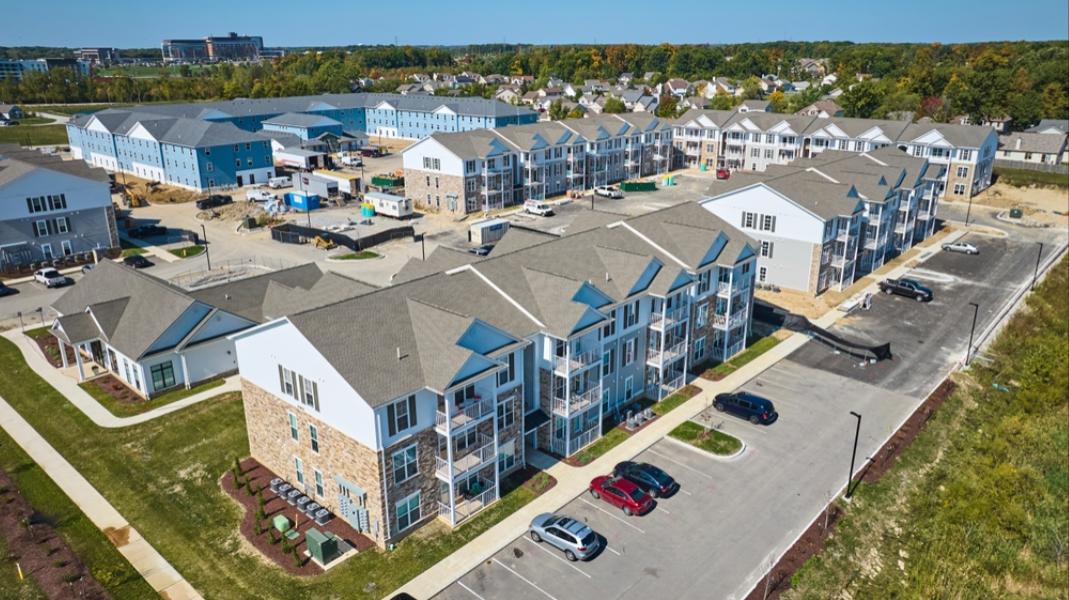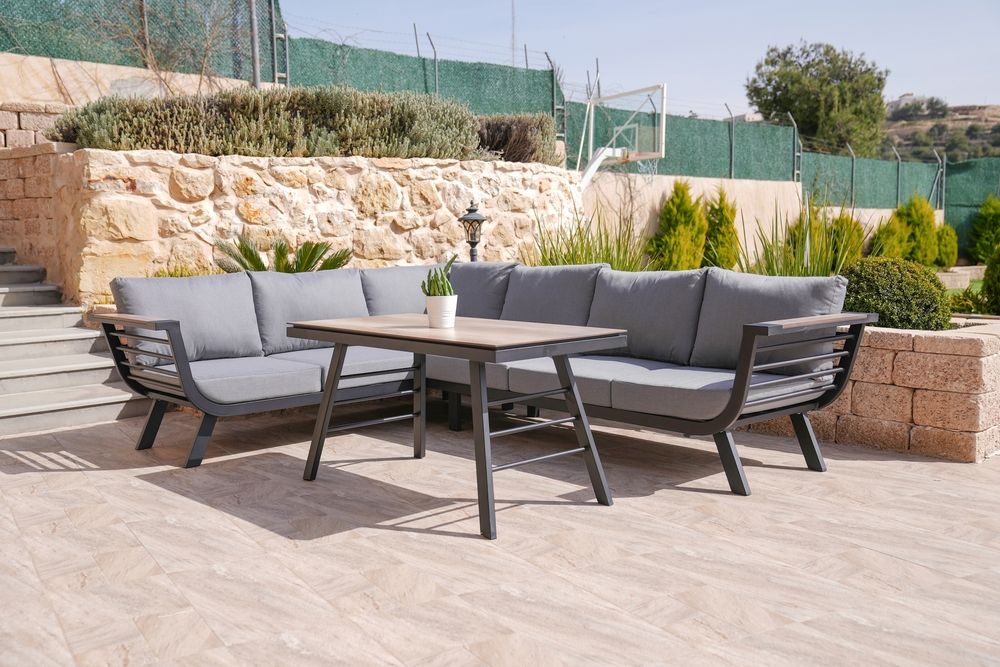A pet door can be a convenient addition to your home, granting your furry friends the freedom to come and go as they please. However, with the variety of options available, selecting the right one can be challenging. This 1,200-word guide is designed to help pet owners make a smart, informed decision when purchasing a pet door, ensuring it meets both their needs and those of their pets.
Understanding Different Types of Pet Doors
Pet doors come in various designs, each suited to different needs and home setups. The most common types are flap doors, which are simple and cost-effective; electronic doors, which offer security by allowing only your pet entry; and sliding door inserts, ideal for those who don't want to cut into their doors or walls. There are also window-mounted and wall-mounted doors for specific installation preferences. Consider your pet's size, the door's location, and your home's security needs when choosing the type of pet door.
Sizing: Ensuring Comfort for Your Pet
The size of the pet door is crucial for your pet's comfort and safety. Measure your pet's height and width and choose a door that allows them to pass through easily without crouching or squeezing. Remember to consider your pet's potential growth, especially if they are still young. A too-small door can be uncomfortable and deter your pet from using it, while a too-large door might compromise your home's security.
Material and Durability: Withstanding the Elements and Use
The material of the pet door affects its durability and suitability for your home's climate. Common materials include plastic, which is lightweight and affordable, and aluminum, which is more durable and suitable for heavy-duty use. Consider weather-resistant materials if the door will be exposed to harsh weather conditions. The door should also be sturdy enough to withstand frequent use, especially if you have an active pet or multiple pets.
Security Features: Keeping Your Home Safe
Security is a significant concern when installing a pet door. Look for doors with locking mechanisms or electronic doors that work with your pet's microchip or a collar key. These features prevent unwanted animals from entering your home and enhance overall security. Additionally, consider pet doors with sturdy frames and reinforced flaps to deter potential intruders.

Energy Efficiency: Minimizing Impact on Your Bills
An often-overlooked aspect of pet doors is their impact on your home's energy efficiency. Choose a pet door with a good seal to prevent air leakage, which can lead to increased heating and cooling costs. Some doors come with double or triple flaps for better insulation, which is particularly beneficial in extreme climates.
Ease of Installation and Compatibility
The installation process varies depending on the type of pet door and where it will be installed. Some doors can be easily installed in standard doors or windows, while others might require professional installation, especially for wall or glass mounting. Consider your DIY skills and the compatibility of the pet door with your home's structure. Additionally, if you're renting, check for options that are less invasive or easily reversible.
Customization Options: Tailoring to Specific Needs
When buying a pet door, exploring customization options can significantly enhance its functionality and suitability for your home and pet. Some pet doors offer customizable flap sizes, adjustable tunnel lengths for walls of varying thicknesses, and the ability to install multiple doors for different areas of your home. Additionally, there are options for electronic doors that can be programmed to lock or unlock at certain times, providing control over your pet's access. For homes with multiple pets, some electronic doors can be programmed to work with multiple collar keys or microchips. These customization features can be particularly beneficial for households with specific routines, diverse pet sizes, or unique architectural considerations, ensuring that the pet door seamlessly integrates into both your pet's and your family's lifestyle.
Long-Term Maintenance and Care
The long-term maintenance and care of a pet door are vital considerations for ensuring its durability and functionality over time. Opt for pet doors that are easy to clean and maintain, with removable flaps or panels that allow for convenient access to clean any dirt or debris. Consider the ease of replacing parts, such as flaps or batteries for electronic doors, as wear and tear over time is inevitable, especially with frequent use. Some pet doors are designed with weather-resistant materials that require less maintenance and are more durable against environmental elements. By choosing a pet door with low maintenance requirements and readily available replacement parts, you can ensure that it remains a functional and hygienic part of your home for many years, providing continuous comfort and access for your pet.
Aesthetic Appeal: Blending with Your Home Decor
While functionality is paramount, the pet door's appearance is also worth considering. Look for a pet door that blends well with your home's decor. Some pet doors come in various colors or designs, allowing you to choose one that complements your home's aesthetic.
Price Range and Warranty
Pet doors vary in price based on size, material, and special features. Set a budget, but also consider the long-term value and quality of the door. A more expensive door might offer better durability, security, and energy efficiency. Additionally, check the warranty or guarantee offered by the manufacturer, which can provide added assurance of the product's quality and durability.
Conclusion: Making a Wise Choice for You and Your Pet
Selecting the right pet door involves balancing your pet's needs with your home's security, energy efficiency, and aesthetic. By considering these key factors, you can choose a pet door that provides convenience and freedom for your pet while maintaining the safety and comfort of your home. Remember, a well-chosen pet door is more than a passageway for your pet; it's an enhancement to your and your pet's quality of life.




